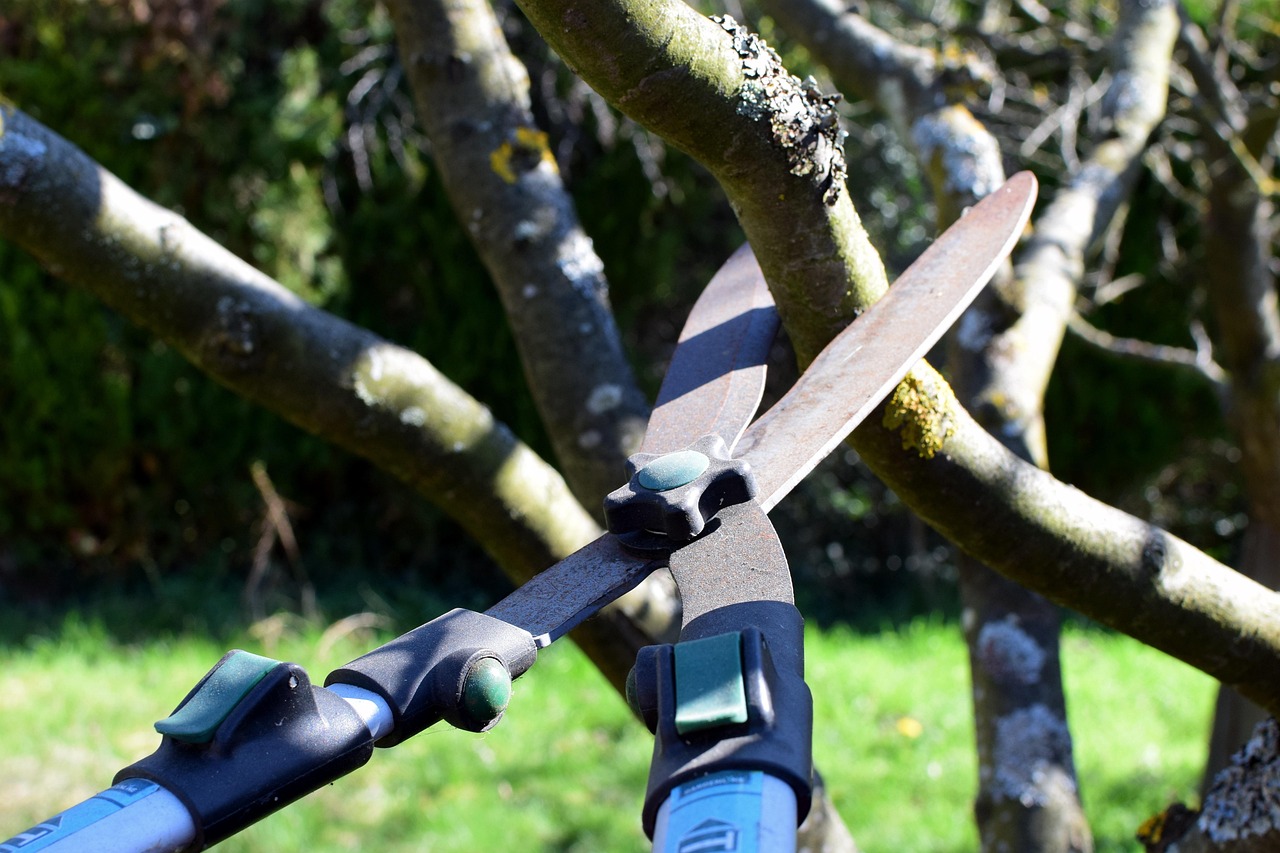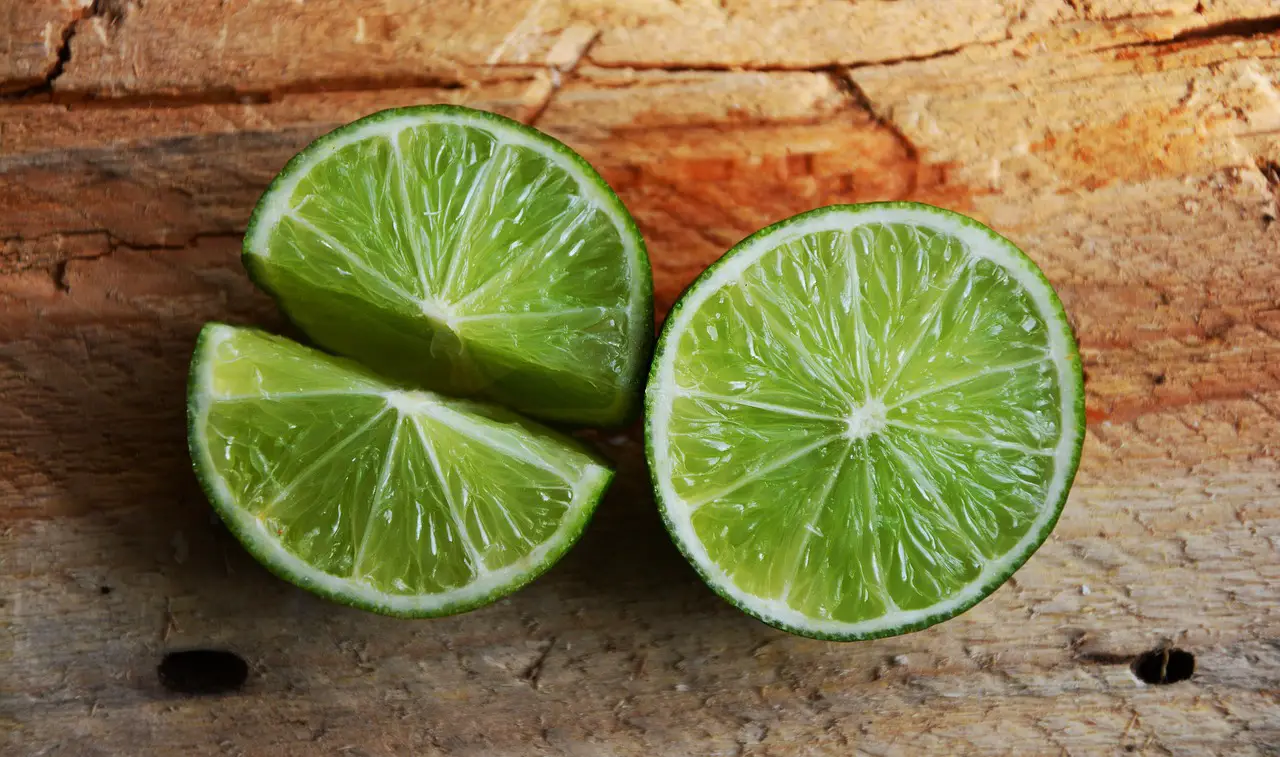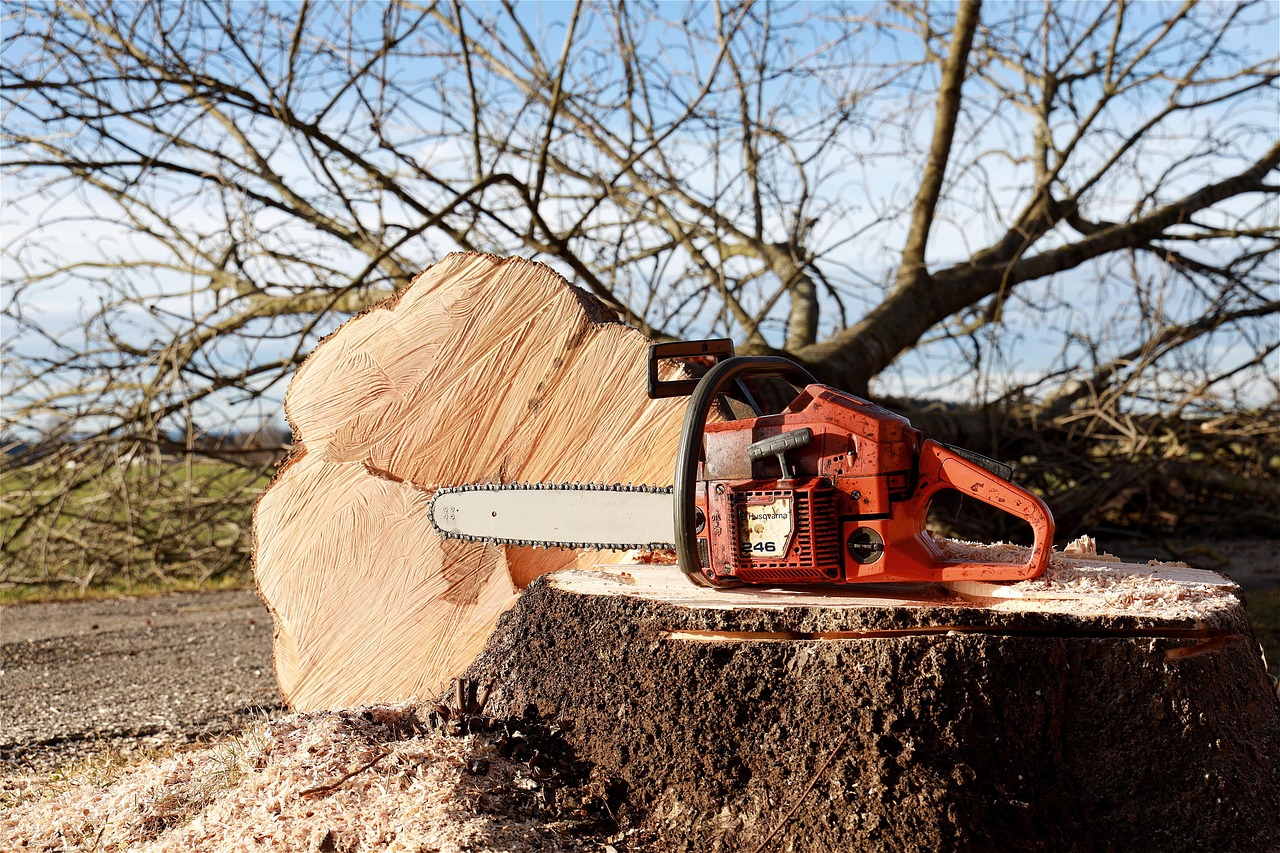Citrus tree pruning techniques help backyard growers maintain healthy trees, improve fruit quality, and encourage new growth. Proper pruning involves removing dead or diseased branches, shaping the tree, and ensuring adequate sunlight and air circulation within the canopy.
Citrus trees are popular among home gardeners for their fragrant blossoms and delicious fruits. However, to ensure optimal growth and productivity, regular maintenance is crucial. Pruning is a vital practice that not only enhances the tree’s appearance but also promotes its overall health. Understanding when and how to prune citrus trees can significantly impact their yield and longevity.

Pruning citrus trees involves a combination of techniques tailored to the specific needs of each tree. Factors such as the tree’s age, type, and growth habit influence the pruning approach. When done correctly, pruning can lead to an abundant harvest of fresh fruit while preventing issues such as disease and pest infestations.
Understanding the Basics of Citrus Tree Pruning
Before diving into specific techniques, it is essential to grasp the fundamentals of pruning citrus trees. Here are some key points to consider:
- Timing: The best time to prune most citrus trees is during late winter or early spring before new growth begins.
- Tools: Use clean, sharp tools such as pruning shears, loppers, and saws to make precise cuts.
- Techniques: Different methods can be employed based on the desired outcome, such as thinning or shaping.
Pruning not only controls the size and shape of the trees but also encourages healthy growth. Regularly removing unwanted branches allows sunlight to penetrate the canopy better. This increased light exposure leads to improved fruit quality and minimizes the risks of fungal diseases.

Another critical aspect of pruning is understanding the growth patterns of citrus trees. These trees typically produce fruit on new wood, meaning that encouraging fresh growth is vital for fruit production. A well-pruned tree will yield more fruit and have a healthier structure over time.
Common Pruning Techniques for Citrus Trees
Several effective pruning techniques can be employed by backyard growers. Each technique serves a specific purpose and can be adapted based on the unique characteristics of the tree. Here are some common methods:
Thinning
Thinning involves removing select branches to improve air circulation and sunlight penetration within the canopy. This technique helps reduce the risk of diseases and pests while allowing more energy to be directed toward fruit production.

Shaping
Shaping focuses on creating a balanced structure for the tree. This method often involves cutting back overly long branches to encourage a more uniform growth pattern. A well-shaped tree not only looks aesthetically pleasing but also supports the overall health of the plant.
Deadwood Removal
Regularly inspecting citrus trees for dead or diseased branches is crucial. Removing these sections prevents the spread of disease and allows the tree to allocate resources to healthier parts. Deadwood removal should occur throughout the year as needed.
Tools Needed for Pruning Citrus Trees
Having the right tools is essential for successful pruning. Below is a table highlighting common tools used in citrus tree pruning along with their specific purposes:

| Tool | Purpose |
|---|---|
| Pruning Shears | For cutting small branches and stems |
| Loppers | For cutting larger branches up to 2 inches thick |
| Hand Saw | For cutting thicker branches that cannot be cut with shears or loppers |
| Gloves | To protect hands from thorns and sharp edges |
| Disinfectant | To clean tools before and after use to prevent disease spread |
Using appropriate tools not only makes the job easier but also ensures clean cuts that promote quick healing. Always sanitize tools before and after use to prevent transmitting diseases between plants.
In addition to tools, it is important to understand the different types of citrus trees you may encounter. Each variety may have unique growth habits and requirements that influence your pruning approach. Familiarizing yourself with these differences can enhance your ability to care for citrus trees effectively.
The importance of proper pruning cannot be overstated. It plays a crucial role in maintaining vigorous growth, enhancing fruit quality, and ultimately ensuring a bountiful harvest for backyard growers. As you continue exploring citrus tree pruning techniques, you will discover strategies tailored specifically to your gardening needs.
Timing Your Citrus Tree Pruning
Understanding the right timing for pruning citrus trees is essential for optimal growth and fruit production. The timing can vary based on the specific citrus variety and local climate conditions. Generally, late winter to early spring is considered the best time to prune citrus trees. During this period, the trees are still dormant, and pruning will stimulate new growth as they enter the growing season.
Here are some important timing considerations:
- Season: Late winter or early spring is ideal for most citrus trees.
- Post-Harvest: For some varieties, pruning after harvest can help shape the tree and prepare it for the next growing season.
- Climate: In warmer climates, you may have a longer window for pruning. However, it is best to avoid pruning during extreme heat or cold.
Pruning at the right time not only encourages healthy new growth but also minimizes stress on the tree. Trees that are pruned too late in the season may not have enough time to recover before the onset of colder temperatures.
Techniques for Effective Pruning
Once you understand when to prune your citrus trees, it is crucial to implement effective pruning techniques. Here are some methods that backyard growers can use to ensure successful pruning:
Heading Cuts
Heading cuts involve cutting back a branch to a bud or a lateral branch. This technique encourages bushier growth and stimulates the production of new shoots. It is particularly useful for shaping the tree and promoting a denser canopy.
Thinning Cuts
Thinning cuts remove entire branches back to their point of origin. This method is effective in reducing overcrowding within the tree’s canopy and improving air circulation. Thinning also helps control the size of the tree without drastically altering its shape.
Reduction Cuts
Reduction cuts shorten a branch to a lateral branch or bud. This technique is often used to reduce the height of a tree while maintaining its natural shape. It is essential to make reduction cuts at an angle to promote healing and prevent water accumulation.
Common Mistakes to Avoid
While pruning can greatly benefit citrus trees, several common mistakes can hinder their growth and health. Here are some pitfalls to avoid:
- Over-Pruning: Removing too much foliage can stress the tree and reduce fruit production.
- Improper Cuts: Making jagged or uneven cuts can lead to infection and slow healing.
- Ignoring Tree Health: Pruning should not be done if the tree is stressed due to pests or diseases.
Avoiding these mistakes will help ensure that your citrus trees thrive and produce abundant fruit. Proper pruning techniques combined with careful timing will lead to healthier trees in your backyard garden.
Understanding Different Citrus Varieties
Citrus trees encompass a wide range of varieties, each with unique characteristics that influence pruning needs. Some popular types of citrus trees include:
- Orange Trees: These trees benefit from regular thinning to increase sunlight exposure and improve fruit quality.
- Lemon Trees: Pruning lemon trees can help manage their size while promoting robust growth.
- Lime Trees: Lime trees require careful shaping and thinning to enhance air circulation and reduce disease risk.
- Grapefruit Trees: These trees often need more aggressive pruning due to their vigorous growth habit.
Each variety may respond differently to pruning techniques, so it is essential to research specific needs. Understanding the growth patterns and fruiting habits of your citrus tree will lead to more effective pruning practices.
Post-Pruning Care
After completing your pruning, proper care is vital for helping your citrus trees recover and thrive. Here are some essential post-pruning care tips:
- Watering: Ensure that your trees receive adequate water, especially during dry spells. Newly pruned trees may require more hydration as they establish new growth.
- Fertilizing: Applying a balanced fertilizer can support new growth and improve fruit quality.
- Pest Management: Monitor for pests and diseases closely after pruning, as open cuts can attract opportunistic pathogens.
Caring for your citrus trees after pruning will help them bounce back stronger and healthier. By providing adequate resources and attention, you create an environment conducive to fruitful development.
As you continue your journey in backyard gardening, refining your pruning techniques will lead to healthier, more productive citrus trees. In the next section, we will explore specific pruning strategies tailored to different citrus varieties.
Pruning Strategies for Specific Citrus Varieties
Different citrus varieties have unique growth habits and requirements that influence how they should be pruned. Understanding these differences can greatly enhance your pruning efforts and result in healthier trees and better fruit production. Below are specific pruning strategies tailored to popular citrus varieties.
Orange Trees
Orange trees are among the most popular citrus varieties grown in backyards. Their dense canopies can make them susceptible to diseases if not pruned correctly. Here are key strategies for pruning orange trees:
- Remove Suckers: Suckers are vigorous shoots that grow from the base of the tree or along the trunk. Remove these to allow energy to be directed towards fruit production.
- Thin Out Crowded Branches: Focus on removing branches that cross each other or grow inward. This will improve air circulation and sunlight penetration.
- Prune for Shape: Aim for a rounded shape that allows sunlight to reach all parts of the tree. A well-shaped tree produces better fruit.
Lemon Trees
Lemon trees tend to have a bushy growth habit, requiring careful attention when pruning. Effective pruning can help control their size and promote fruiting. Consider the following techniques:
- Encourage Airflow: Thin out branches that are too close together to prevent fungal diseases.
- Focus on New Growth: Lemon trees produce fruit on new wood, so prune older branches to encourage fresh growth.
- Regular Maintenance: Regularly check for dead or diseased branches and remove them throughout the growing season.
Lime Trees
Lime trees often require less pruning than other citrus varieties, but certain strategies can improve overall health and yield:
- Minimal Pruning: Focus on removing dead or damaged branches rather than extensive shaping. Lime trees naturally grow well without excessive pruning.
- Light Thinning: If necessary, thin out dense sections of the canopy to improve sunlight exposure.
- Avoid Heavy Cuts: Lime trees do not respond well to severe cuts, so aim for light maintenance.
Grapefruit Trees
Grapefruit trees can grow quite large and may require more aggressive pruning practices. Here are effective strategies:
- Structural Pruning: Focus on developing a strong framework by selecting a few main branches and removing others to reduce height and promote a bushier shape.
- Remove Excessive Growth: Grapefruit trees can become overly dense; regularly thinning out crowded areas will enhance airflow.
- Seasonal Checks: Inspect the tree after harvest to determine if any branches need immediate attention.
The Role of Tree Health in Pruning
The health of your citrus tree significantly impacts its response to pruning. Healthy trees typically recover faster and produce more fruit after being pruned. Here are some factors to consider regarding tree health:
- Pest Control: Regularly inspect your trees for pests such as aphids or spider mites, which can weaken the tree and affect its growth.
- Disease Management: Be vigilant about signs of disease such as leaf spots or cankers. Treating these issues promptly can improve the tree’s resilience.
- Nutrient Levels: Ensure that your citrus trees have adequate nutrients by using appropriate fertilizers and organic matter.
A healthy tree is more likely to thrive after pruning, making it essential to integrate good cultural practices into your gardening routine.
Pest and Disease Awareness During Pruning
Pest and disease management is critical during the pruning process. Open cuts from pruning can attract pests or allow diseases to enter the tree. Here are some preventative measures to take:
- Use Clean Tools: Always disinfect your pruning tools before and after use to prevent spreading diseases between trees.
- Avoid Pruning Wet Trees: Pruning during wet conditions can increase the risk of fungal infections. Wait for dry weather to prune.
- Seal Cuts if Necessary: In some cases, applying a wound sealant can protect large cuts from pests and pathogens.
By staying aware of potential pests and diseases, you will enhance your ability to maintain healthy citrus trees through proper pruning techniques.
Utilizing Resources for Citrus Pruning
Educating yourself on citrus tree care is vital for successful gardening. Numerous resources are available to help you learn more about effective pruning techniques and overall tree health. Consider these options:
- Extension Services: Many universities offer extension services that provide local information on gardening practices.
- Citrus Growers Associations: Joining local or national citrus growers groups can connect you with experienced gardeners who can share insights.
- Online Resources: Websites, forums, and videos offer valuable information on specific pruning techniques for various citrus types.
Utilizing these resources will empower you as a backyard grower, enhancing your skills in maintaining healthy citrus trees and achieving fruitful harvests.
Advanced Pruning Techniques for Experienced Growers
For experienced backyard growers looking to take their citrus tree pruning skills to the next level, there are advanced techniques that can significantly enhance tree health and fruit production. These methods require a deeper understanding of plant biology and growth patterns.
Espalier Techniques
Espaliering involves training trees to grow flat against a wall or trellis. This method not only saves space but also allows for easier access to fruit and improved sunlight exposure. Here are some steps to create an espaliered citrus tree:
- Select a Suitable Variety: Choose a variety that responds well to training, such as lemon or lime trees.
- Establish a Framework: Install a trellis or support structure where the tree will grow.
- Regularly Trim: As the tree grows, continually direct its branches along the framework, trimming as needed to maintain shape.
Training Young Trees
Training young citrus trees from an early age can establish strong frameworks that support healthy growth. Consider these pointers:
- Choose Central Leaders: Select one main stem to serve as the central leader and prune away competing stems.
- Encourage Lateral Growth: Allow lateral branches to develop at intervals along the trunk to create a balanced structure.
- Monitor Growth Patterns: Regularly assess the growth of the tree to ensure it maintains a desirable shape.
Seasonal Adjustments
Seasonal adjustments in pruning techniques can also enhance performance. Consider the following:
- Summer Pruning: Light pruning in the summer can help control growth and promote airflow without stressing the tree.
- Winter Preparation: Before winter, ensure that trees are pruned to reduce wind resistance, which can prevent breakage in storms.
Creating a Pruning Schedule
Establishing a regular pruning schedule can simplify your gardening routine and ensure consistent care for your citrus trees. Here’s how to create an effective schedule:
- Annual Pruning: Plan for major pruning during late winter or early spring, when trees are dormant.
- Seasonal Inspections: Conduct inspections every few months to monitor growth and address any issues such as dead branches or disease.
- Record Keeping: Keep a journal of pruning dates, techniques used, and observations about tree health and fruit production.
A well-structured schedule helps maintain consistency in care and allows you to adapt your techniques based on changing tree conditions throughout the year.
Final Thoughts
Citrus tree pruning is an essential practice for backyard growers aiming to cultivate healthy and productive trees. By understanding the various pruning techniques, timing, and specific needs of different citrus varieties, you can enhance the overall health of your trees and maximize fruit yield. Regular maintenance, careful observation, and continued education will empower you as a gardener.
Utilizing available resources such as extension services, grower associations, and online materials can further enrich your knowledge and skills. Remember that each tree is unique, and adapting your approach based on individual growth patterns will yield the best results.
As you continue your journey in citrus gardening, embrace the art of pruning as both a science and a craft. With patience and practice, you will enjoy bountiful harvests of fresh, flavorful citrus fruits straight from your backyard.
Your dedication to learning about citrus tree care will not only benefit your garden but also contribute to the broader community of backyard growers. Share your experiences, tips, and successes with fellow gardeners, fostering an environment of collaboration and knowledge sharing.
Happy pruning!
